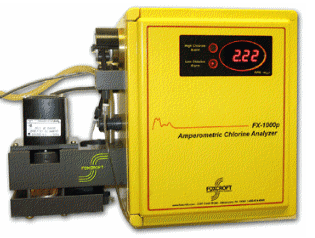 Foxcroft Equipment & Service Company's Amperometric Chlorine Analyzer's residual reading is determined by measuring the amperage produced by oxidized chlorine in the measuring cell. The amperage level is directly proportional to the level of free chlorine available in the sample stream. When reading total chlorine, the unit is actually reading converted free iodine from potassium iodine that is added to the cell for Total Chlorine readings.
Foxcroft Equipment & Service Company's Amperometric Chlorine Analyzer's residual reading is determined by measuring the amperage produced by oxidized chlorine in the measuring cell. The amperage level is directly proportional to the level of free chlorine available in the sample stream. When reading total chlorine, the unit is actually reading converted free iodine from potassium iodine that is added to the cell for Total Chlorine readings.
1 min read
The Foxcroft.com Blog: How our analyzer works (part 1)
By Michael Brooks on Wed, Aug 29, 2018 @ 10:32 AM
See part II to follow
Topics:
amperometric chlorine analyzer
Production
Foxcroft Equipment & Service Co.
Foxcroft.com blog
chlorine
non-toxic reagent
Eco-Friendly
Continue Reading


